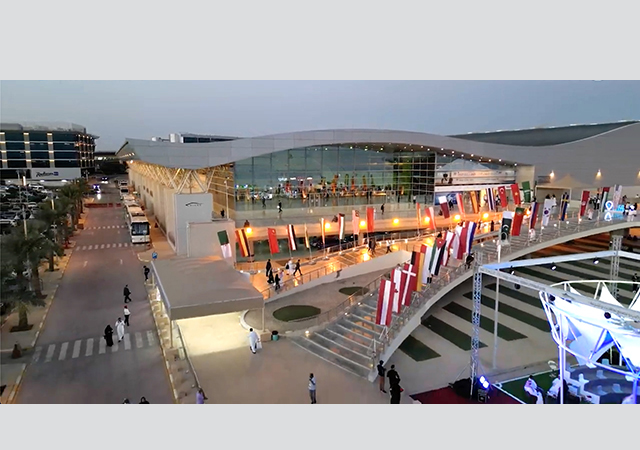
BASF Construction Chemicals’ technologically-advanced solutions have been used to restore a 487-year-old landmark mosque in Istanbul, Turkey, by successfully rectifying its structural weaknesses.
Serious structural damage to the Yavuz Sultan Selim Mosque, the second oldest imperial mosque existing in Turkey, originated from the tensile stresses that had occurred at different points of the building. Structural cracks were concentrated at the lower zone of the main dome of the mosque, with meridional cracks that had occurred due to the circumferential tension.
The mosque is composed of a single-domed prayer hall with a diameter of 25 m, preceded by a large, arcaded courtyard that is encircled by 18 columns and 22 domes, and flanked by square hospice wings. The main dome is 90 cm thick at the top and at the support level. It is also supported by eight symmetrically located small-scale flying buttresses, again made of masonry members. The outer surfaces of all domes are covered with heavy lead layers as roofing to protect the building from natural elements.
The masonry walls support loads from the main dome and vary in thickness from 160 cm to 260 cm. Material used in these walls consists of shallow solid bricks and limestone, with equal thicknesses of crushed tiles and lime mortar for joints.
“Over time, the quality of the materials used in the original construction, natural environmental disasters and architectural elements of the design conspired to weaken the structure,” explains Engin Seyhan from BASF. “A detailed investigation was thus carried out to assess the extent of the damage and what needed to be done to preserve the site’s structural integrity, ensuring the safety of visitors and safeguarding the mosque as a heritage site for future generations.
“As with the repair of all historical sites, there were two key requirements with regards to the products and approaches selected: they had to meet the requirements of the architects and engineers, and had to preserve the historical value – including the artistic and architectural uniqueness – of the site.
“A challenge in this project was to find a solution that would not require the use of traditional strengthening techniques such as steel jacketing or increasing section dimensions which would conceal the original architecture and add to the load on the dome, also increasing earthquake loads.”
Says Dr Oguz Cem Celik of Istanbul Technical University: “The masonry of Turkey’s historic mosques has demonstrated vulnerability to the earthquakes experienced in the country. Although the structural configurations are quite symmetric and have sufficient lateral rigidity due to larger wall thicknesses, these buildings are seismically vulnerable because of the many openings on the walls and the poor characteristics of the structural material used.”
To understand the crack formation, a seismic investigation and retrofitting project was conducted by Istanbul Technical University. “The university developed a 3D model of the dome in SAP 2000, a specialised software for analysis and design.
“The graphical model was then retrofitted using cross-sections exposed to high tensile stresses. Galvanised steel rings were added to the support level of the dome and the tension zone on the inner face was strengthened with BASF Construction Chemicals’ MBrace Fibre C1-30 carbon fibre-reinforced sheets. The same dynamic analysis was applied to the retrofitted model. The results showed that by applying these solutions, stresses could be significantly reduced – by up to 65 per cent – and more uniform stress distribution could be obtained over the dome.”
The MBrace FRP composite strengthening system is a family of lightweight fibre-reinforced polymeric (FRP) materials, externally bonded to the surface of structures, explains BASF’s Talat Sivrioglu. “They comprise of either ready-to-use carbon laminate adhered directly to the surface or carbon, aramid or glassfibre sheets impregnated in-situ with a saturant resin system on the substrate surface. These systems provide very high tensile strength and are utilised for flexural and shear reinforcement and axial compression confinement of concrete, masonry and timber elements,” he says.
BASF’s solutions were consequently selected for use on this project. The cracks in the dome were first repaired with a puzolanic lime-based injection mortar, BASF’s Albaria Iniezione 200, which is specially designed for historical masonry buildings. This restored the structural capacity of the dome.
BASF’s puzolanic lime-based, high-strength repair mortar Albaria Struttura, also designed for historical buildings, was then applied to the inner surface of the dome, making it stronger and smoother. Strengthening of the dome with the MBrace Fibre C1-30, carbon-fibre reinforced polymeric sheets, then commenced.
The surface was primed with MBrace Primer, and a layer of MBrace saturant applied over the still tacky primer. The MBrace Fibre was then applied and air removed by rolling with a ribbed roller. A second coat of saturant followed. Subsequent layers of MBrace Fibre were then added.
Lightweight and practical, the MBrace Fibre system did not disturb the architectural aspects of the dome, nor did it place any additional load on to the dome, which would increase its vulnerability in the case of another earthquake.
“The MBrace FRP systems are ideal for these projects as they can provide an increase in load-bearing capacity, a reduced deflection due to serviceability/working loads (increase in rigidity/stiffness) and an increase in structure fatigue strength. They also have the ability to limit or assist in crack control and an exact amount of reinforcement to be calculated and placed in relation to the performance required or the flow of stress. Perhaps most importantly, the use of MBrace systems means less and faster maintenance, which means a reduction in long-term, ongoing costs,” says Seyhan.


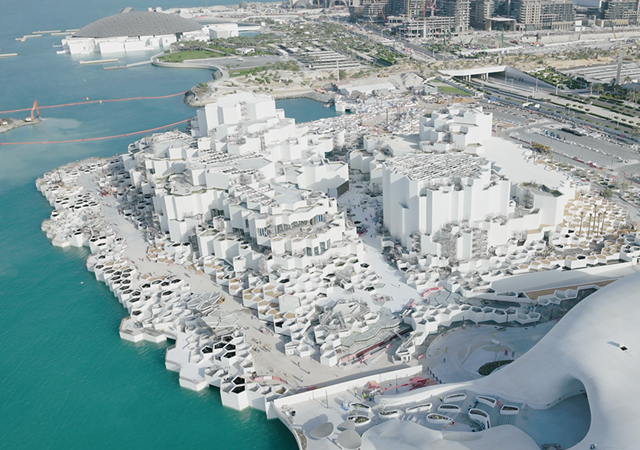
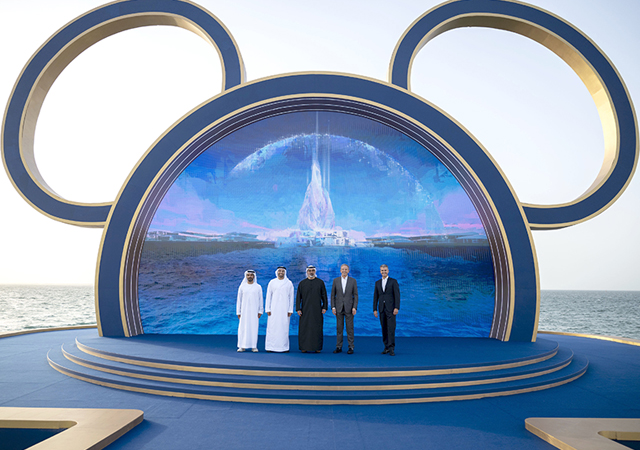

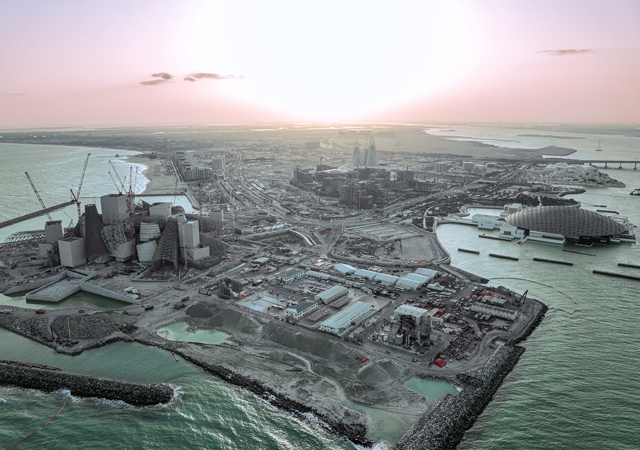
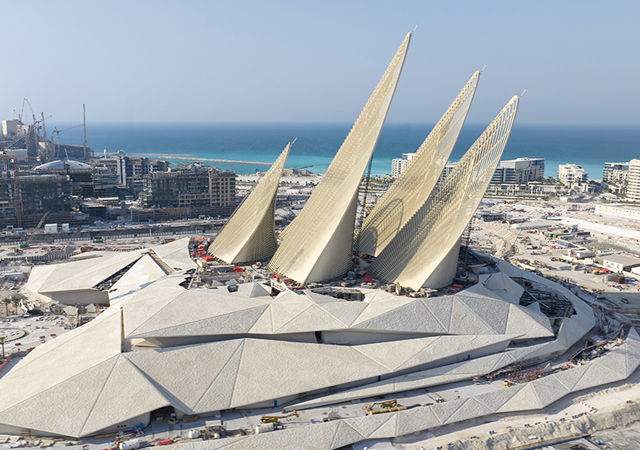
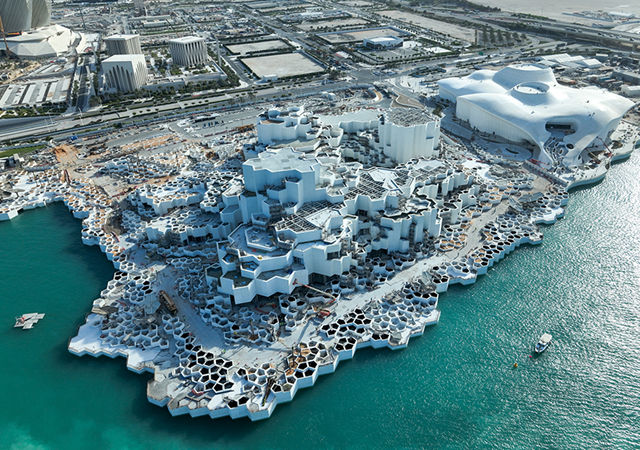
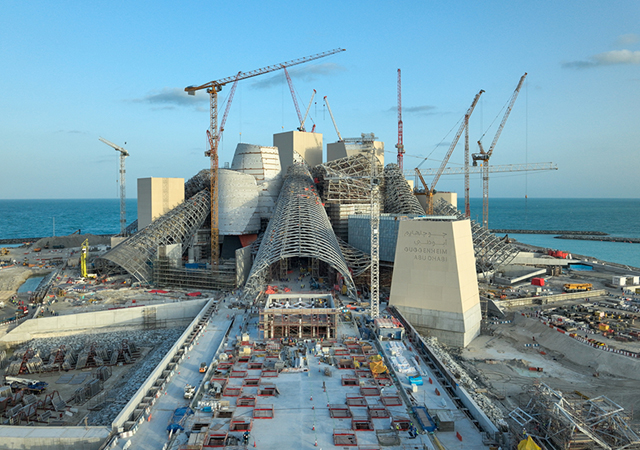
.jpg)

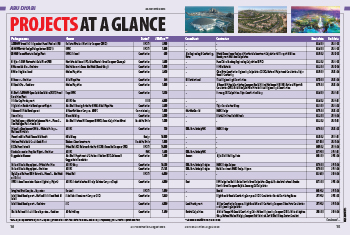


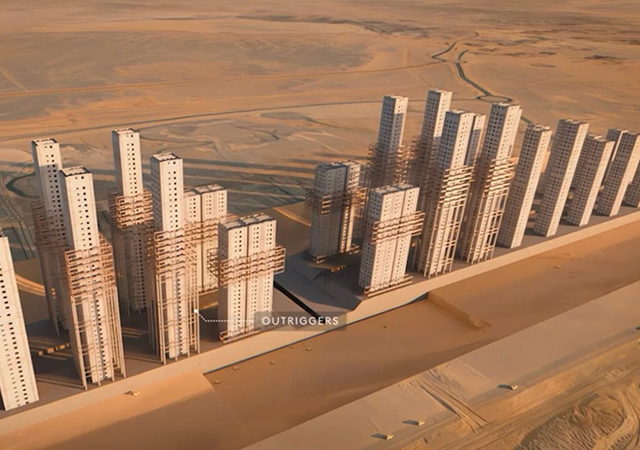
.jpg)
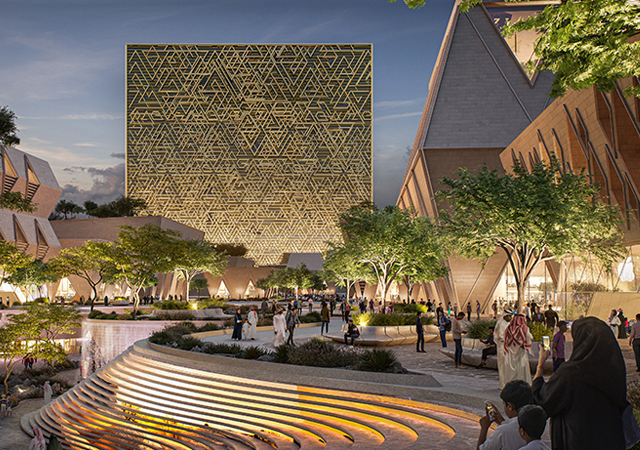
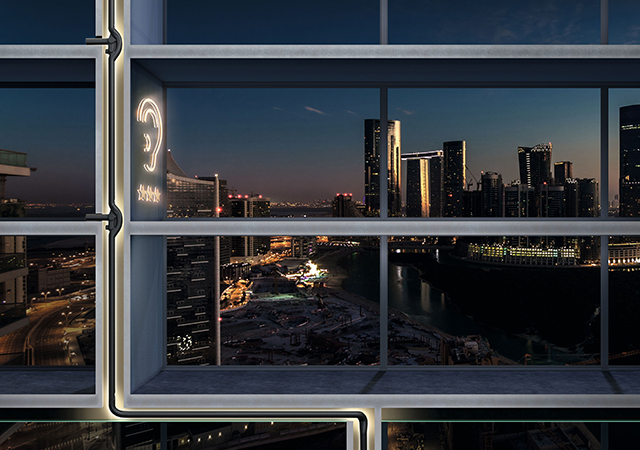
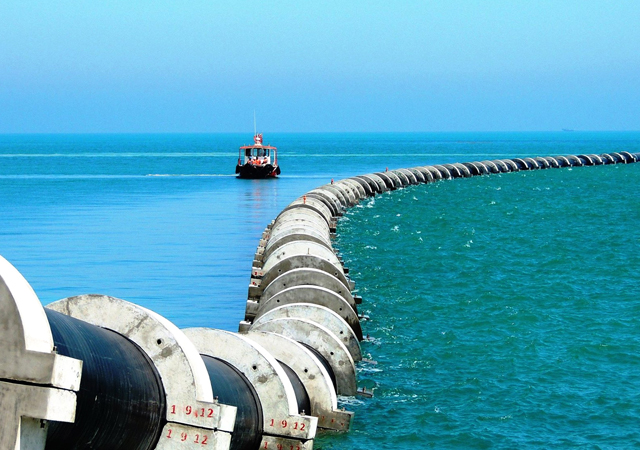



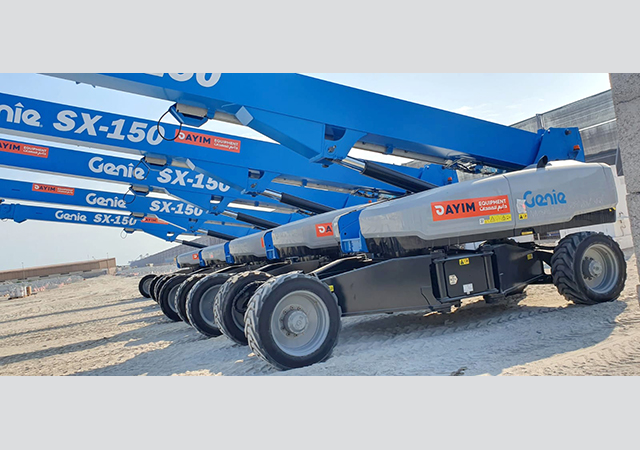
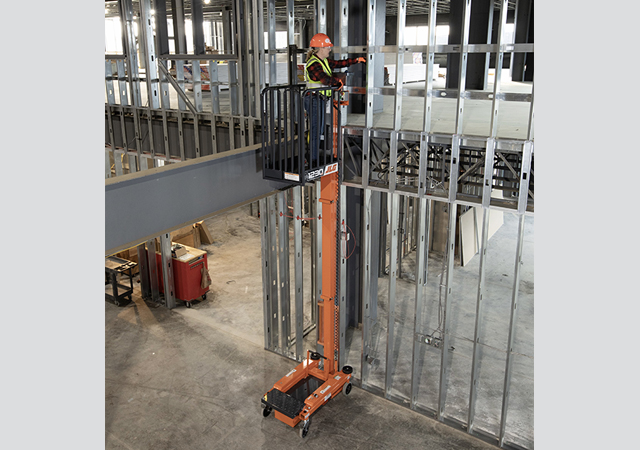
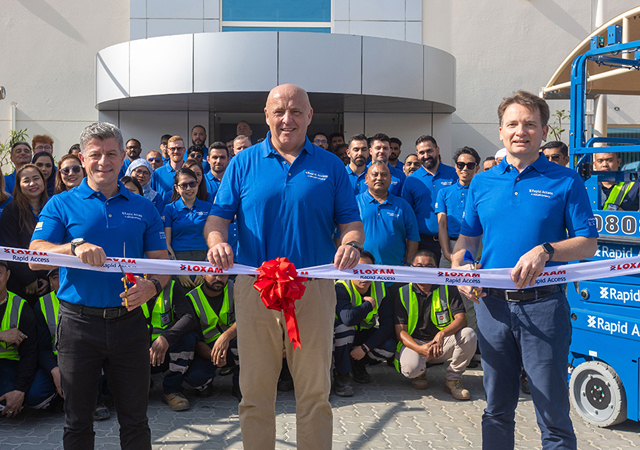
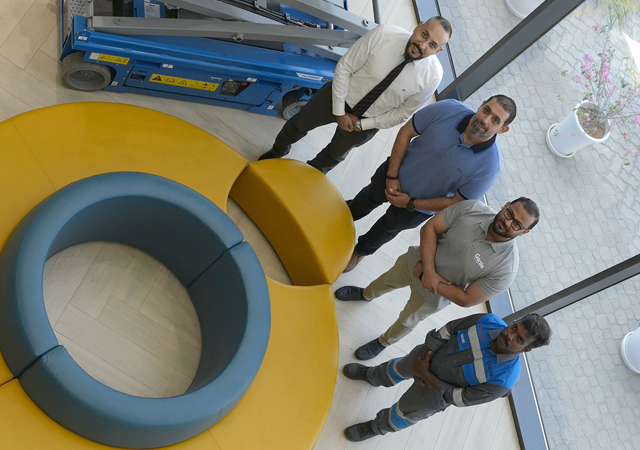
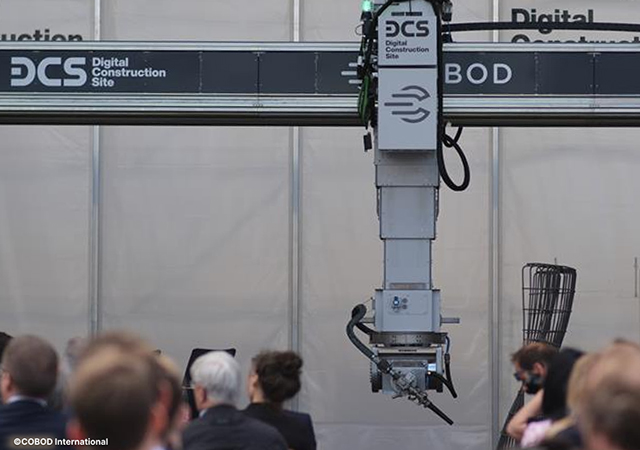
Doka (2).jpg)
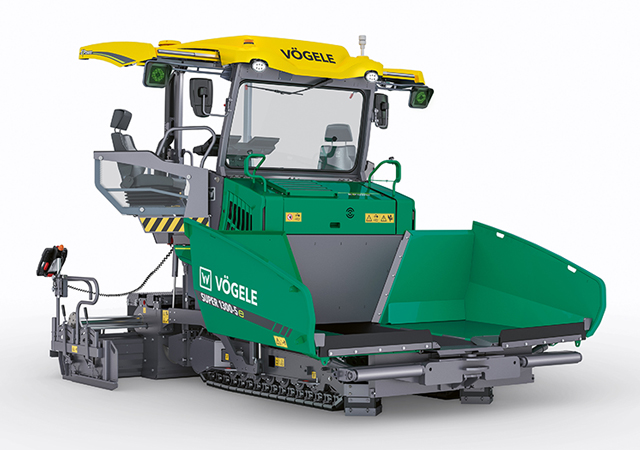



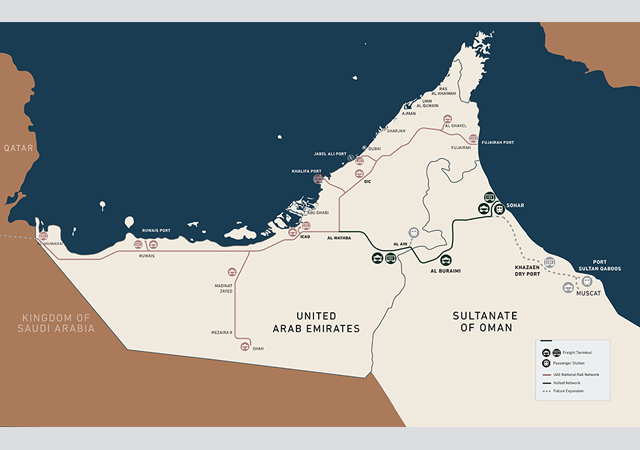

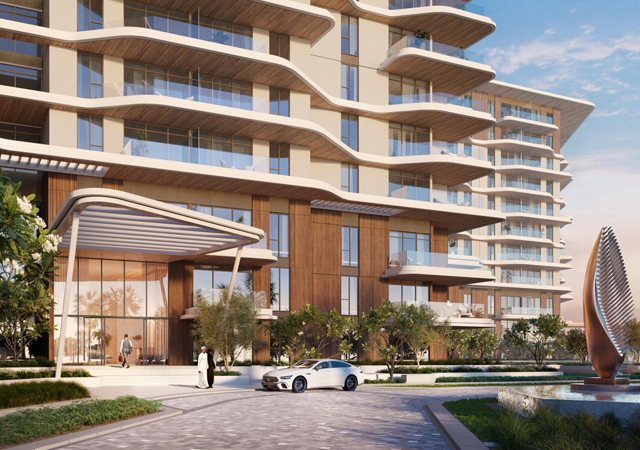

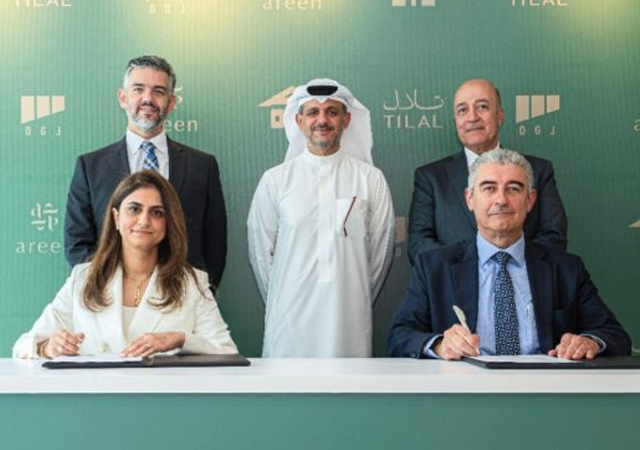
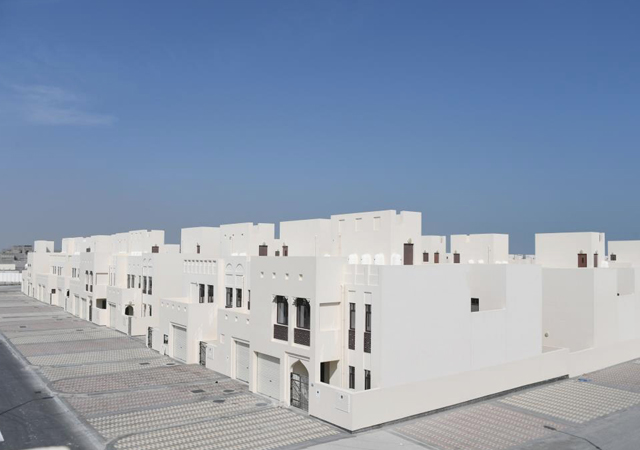

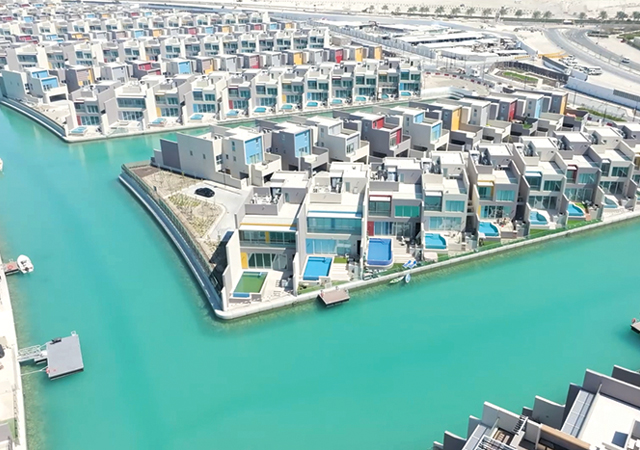
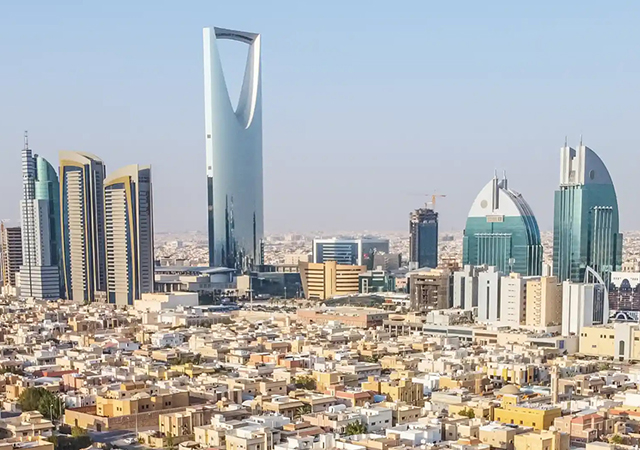


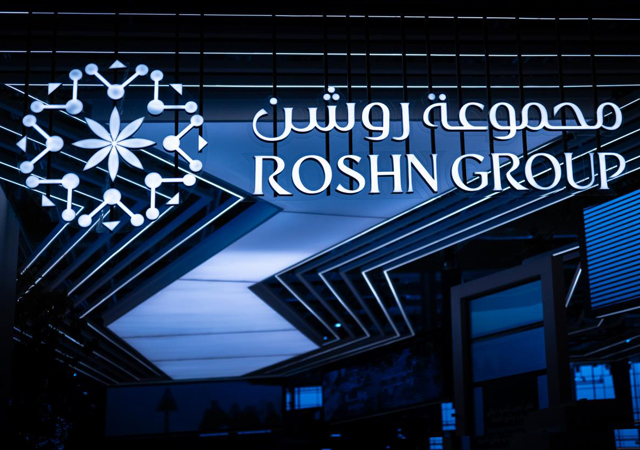
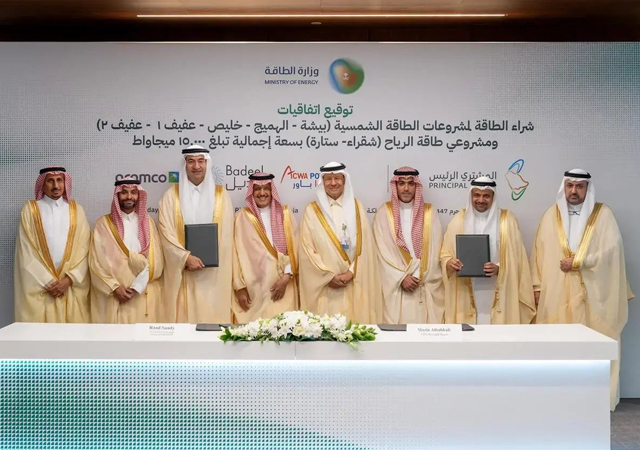
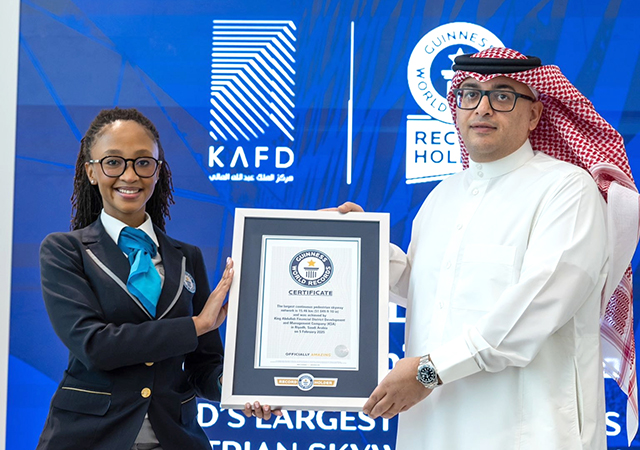

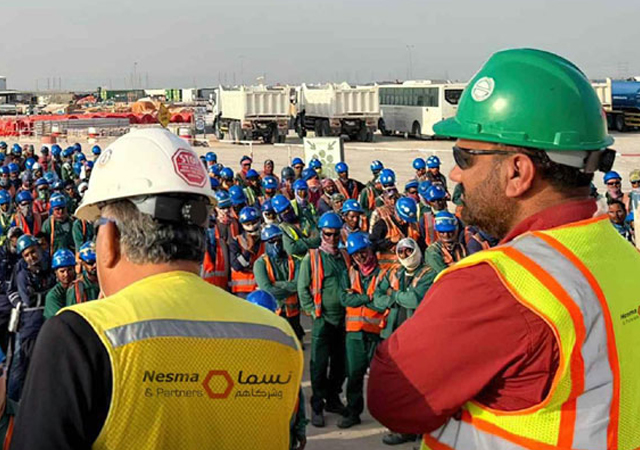
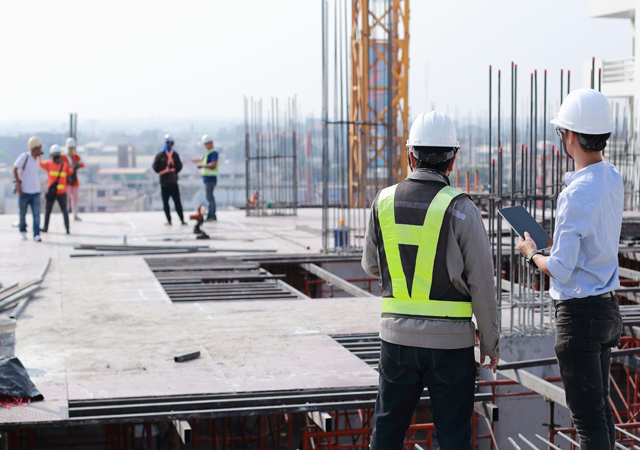
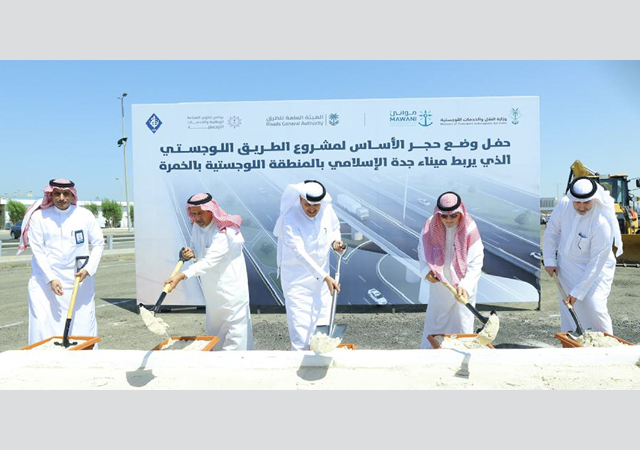
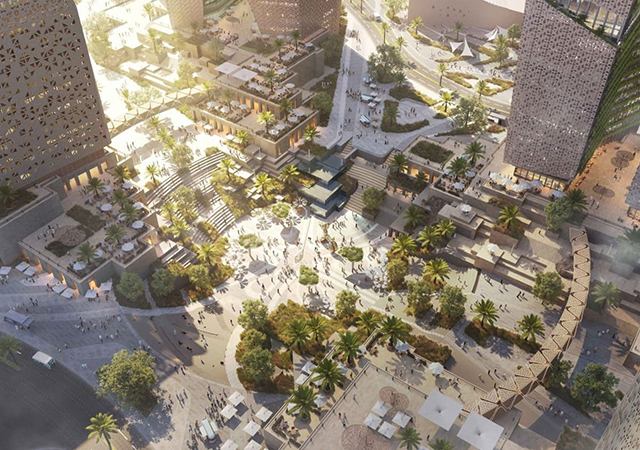

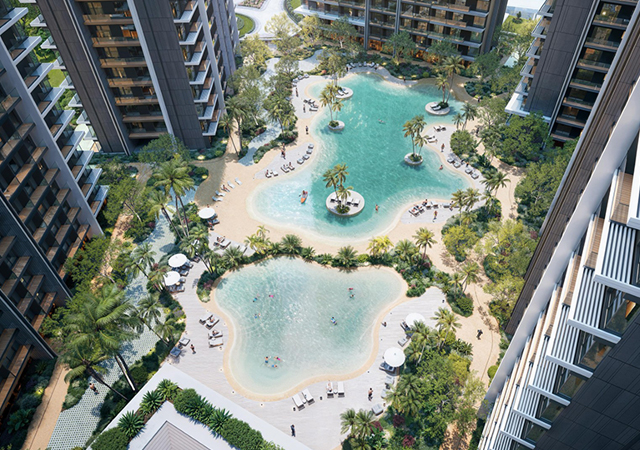
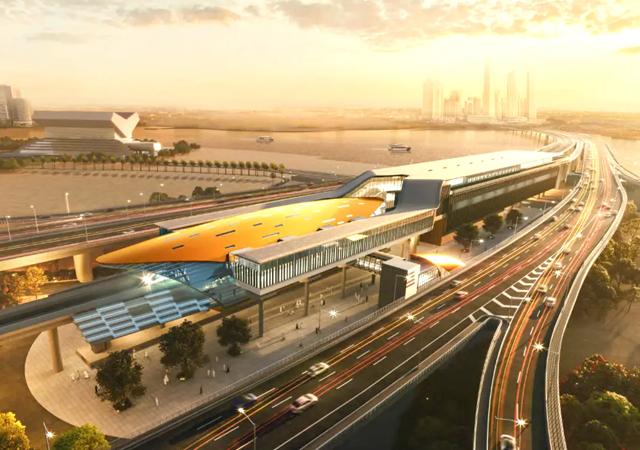
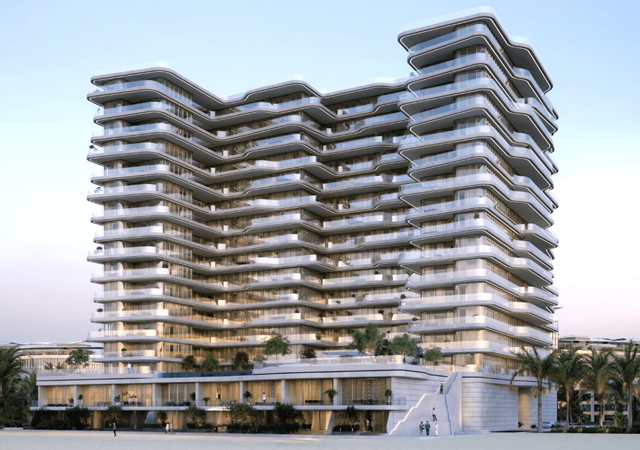

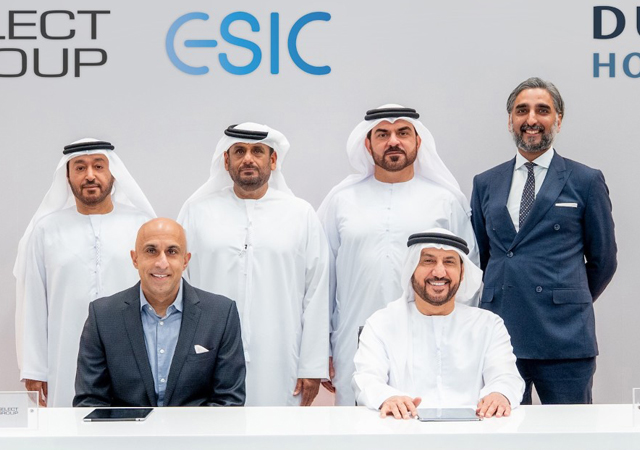
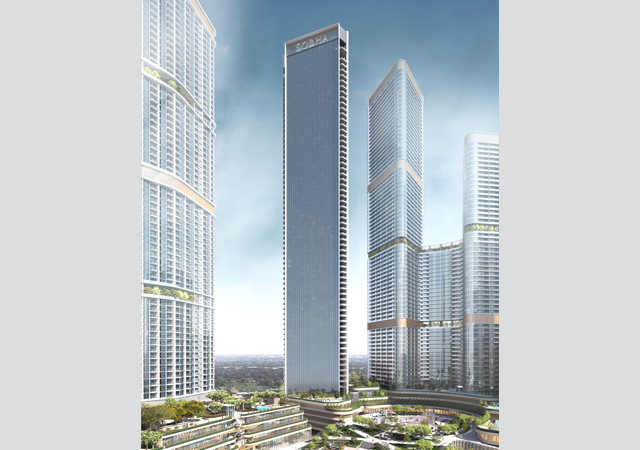
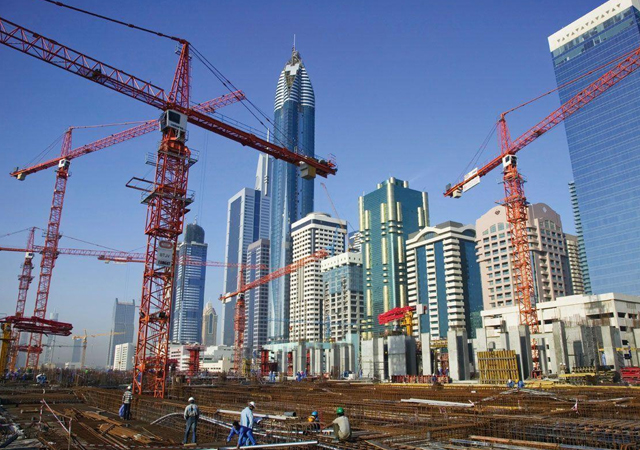
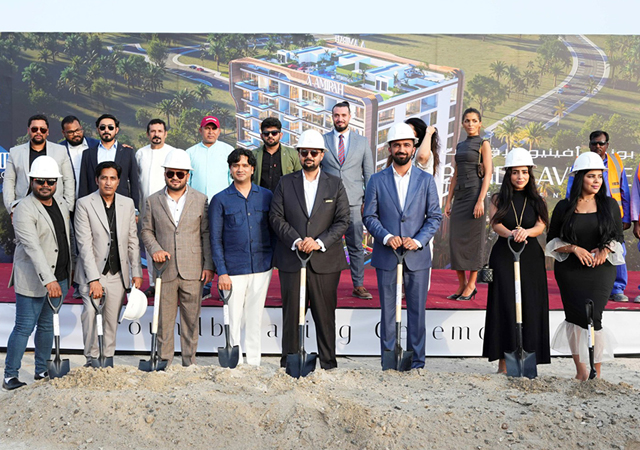

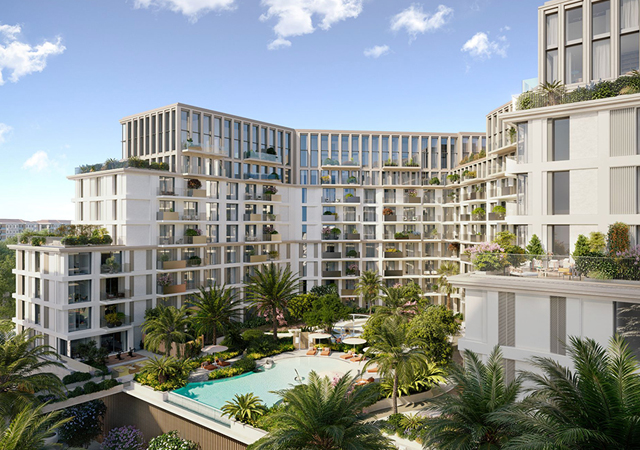


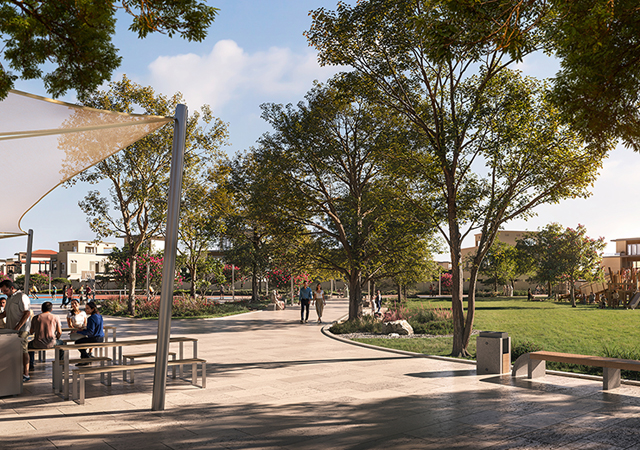
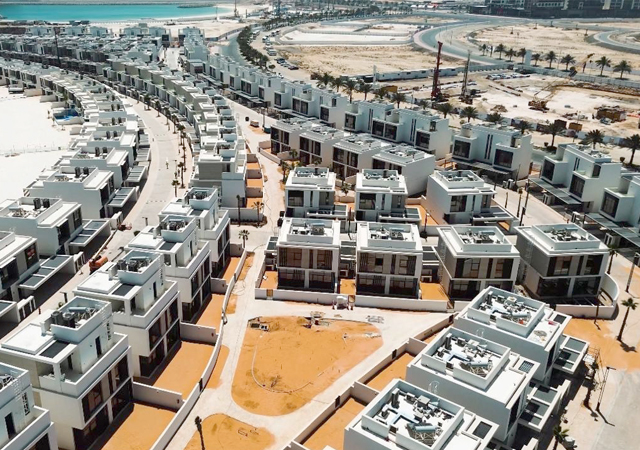
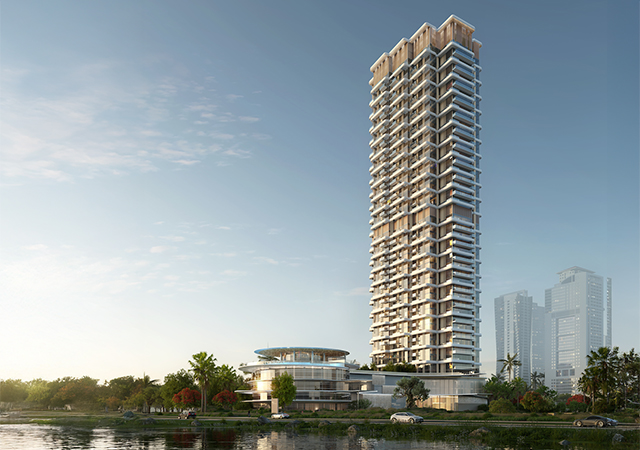

.jpg)
.jpg)
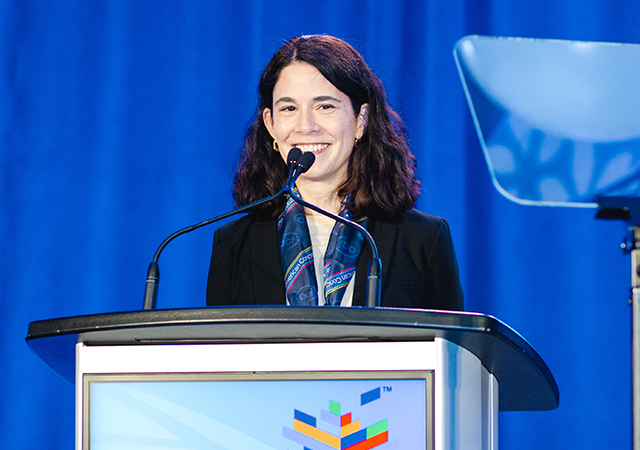
.jpg)
